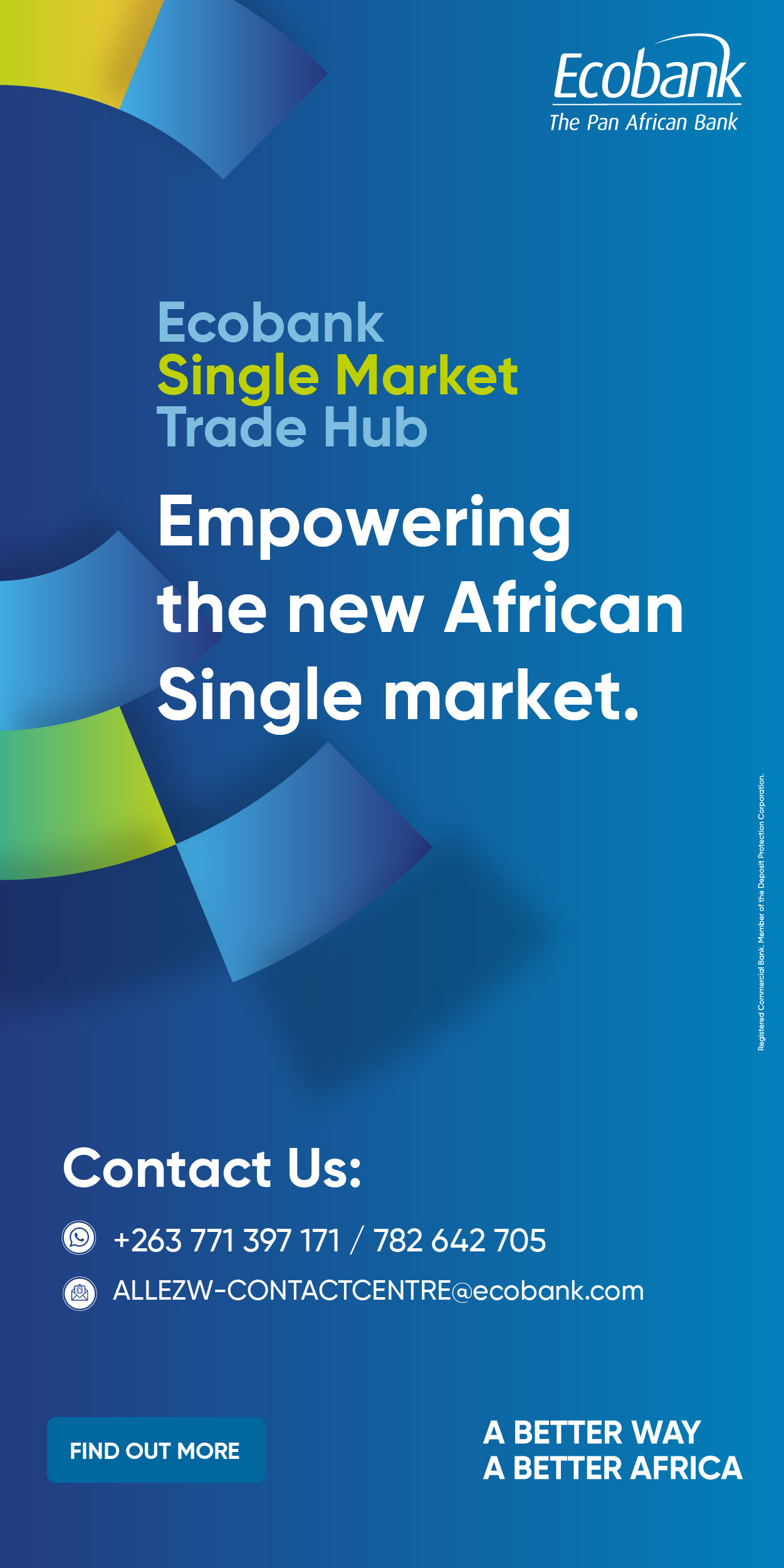- Vast Resources plc has found an additional 6,055.35 carats of gem-quality diamonds during the classification of a historic parcel in Dubai
- This discovery brings the total parcel to 135,139.47 carats, up from 129,400 released by the Reserve Bank of Zimbabwe on April 25, 2025
- The diamonds originate from the Chiadzwa Community Concession in Marange and were held for 15 years due to a legal dispute starting in 2006
Harare-Vast Resources plc, a London-based junior mining company listed on the Alternative Investment Market (AIM), has discovered additional 6,055.35 carats of gem-quality diamonds during the classification of a historic parcel in Dubai.
This follows a Kimberley Process inspection, bringing the total parcel to 135,139.47 carats from the 129,400 released by the Reserve Bank of Zimbabwe (RBZ) on 25 April 2025 for sorting, cleaning, and preparation for phased sale expected to commence soon with 36,475.26 carats confirmed as gem quality, positioning Vast for substantial financial gains.
"The Company is pleased to report that the sorting process has revealed an additional quantity of stones in the sealed historic parcels, the existence of which was previously unknown to the board of directors." Chief Executive Officer Andrew Prelea said.
Originating from Vast’s Chiadzwa Community Concession in the Marange fields, this parcel was held for 15 years under a Supreme Court order due to a legal dispute that began in 2006, when Vast, then African Consolidated Resources, lost its mining claims to government revocation.
The diamonds were surrendered to the Reserve Bank as evidence in Vast’s appeal against a 2009 High Court ruling, with custody mandated by the Supreme Court pending resolution.
The bureaucratic challenges in Zimbabwe, following the 2006 Marange diamond rush, delayed progress until a breakthrough in 2023, when a High Court default order favored Vast, leading to a 2024 settlement approved by Zimbabwean authorities.
The Marange fields, discovered in 2006, produced 16.9 million carats at their 2013 peak, accounting for 13% of the global rough diamond supply, but their value lags behind high-end mines.
The 2006 diamond rush prompted government intervention, leading to sales under the Kimberley Process by 2010, with operations consolidated under the Zimbabwe Consolidated Diamond Company (ZCDC) by 2016.
Zimbabwe’s 2022 output of 4.5 million carats ranked seventh globally, but a projected annual decline reflects dwindling alluvial deposits, shifting focus to technology-intensive conglomerate deposits.
Vast, focused on high-quality brownfield projects, operates across Zimbabwe, Romania, and Tajikistan to mitigate risk.
In Zimbabwe, its Marange operations are complemented by gold assets and new concession explorations, and a 2018 agreement to support community initiatives underscores its social engagement strategy.
In Romania, Vast manages the Baita Plai Polymetallic Mine, producing copper, zinc, and gold, alongside prospects like the Zagra Licences and Blueberry Gold Project.
In Tajikistan, it oversees the Aprelevka Gold Mines and holds a stake in the Takob Mine. The diamond sale could alleviate financial pressures and enable deeper investments.
For Zimbabwe, the parcel’s sale could fund critical infrastructure or education, addressing challenges faced by over half the population living below the poverty line and $13 billion in external debt. Past mismanagement, such as the sugar tax for health sector revitalization, underscores the need for transparency. Marange’s history of minimal community benefits and environmental damage demands accountability, potentially through initiatives like the Extractive Industries Transparency Initiative.
The resolution of this 15-year dispute aligns with Zimbabwe’s $12 billion mining industry target by 2030, but bureaucratic delays must be addressed to sustain investor confidence.
Equity Axis News





